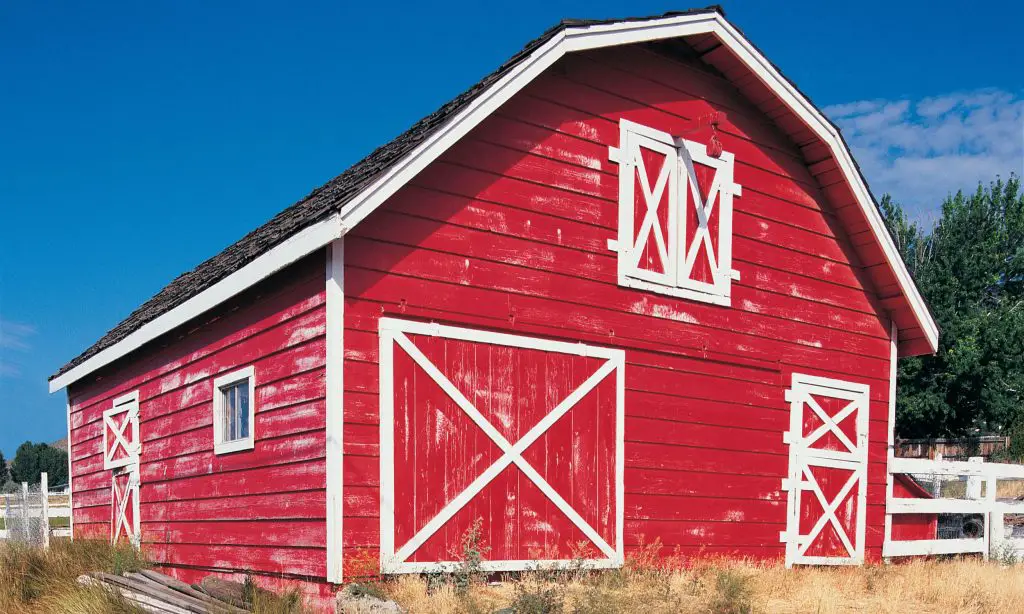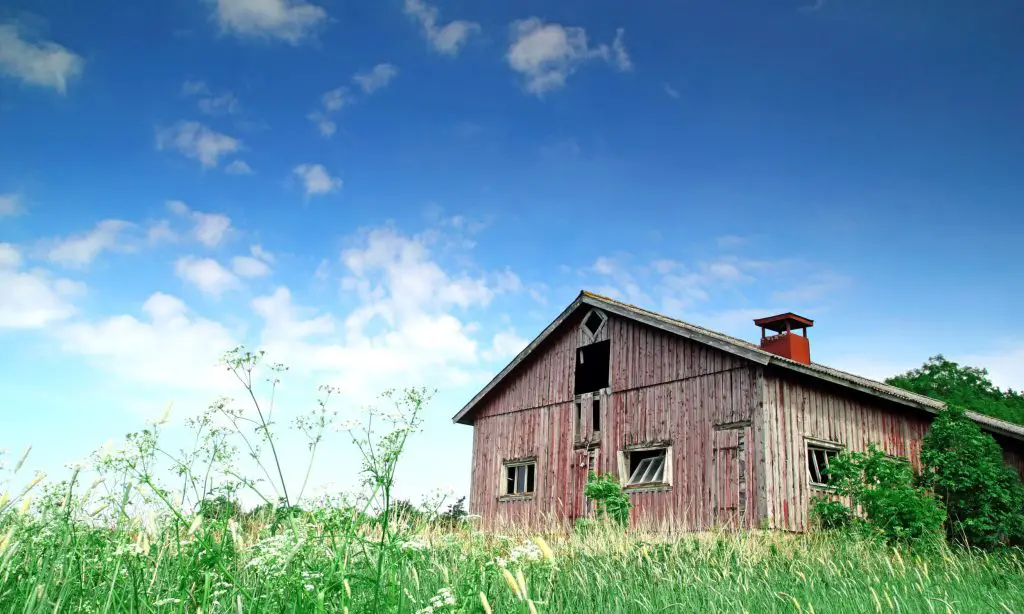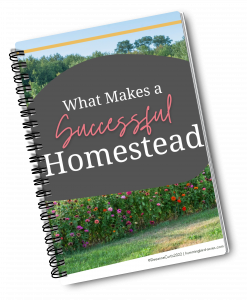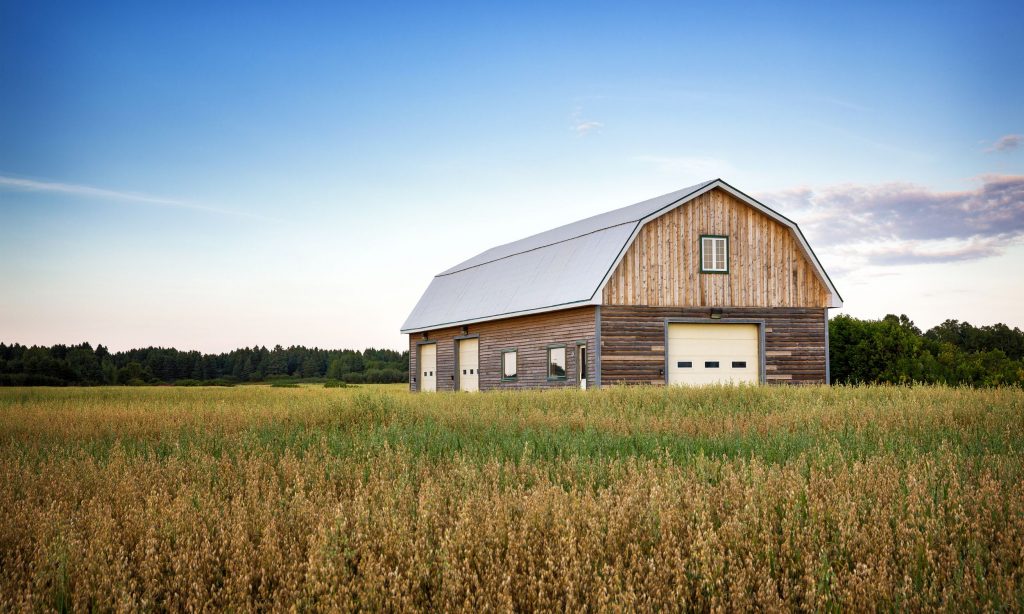Things to Consider When Building a Barn
Is the barn you’re planning on building big enough? Are you sure? Barns come in all shapes and sizes, so it’s important to do your research before starting construction. Here are a few things to keep in mind when designing your barn.
When it comes to barns, there’s no one-size-fits-all approach. The best barn for your homestead is one built for your unique needs, climate, budget, lifestyle, and preferences.
As the hub of the homestead, the barn is the place of morning chores, a spot to rest from summer’s midday heat. A place for animals to birth their young or seek shelter from thunderstorms.
No doubt barns are special places. If you’ve decided to build one on your land, it could be for one of many reasons. Traditionally used for housing livestock and storing feed, barns are now popular structures for equipment storage, event venues, in-law suites, workshops, primary residences or vacation rentals (aka: Barndominiums)… and the list goes on.
As with most worthwhile projects, barn-building requires research and planning if you want to get it right. There are so many choices to make.
What materials will you use? And what type of foundation is best? Will you hire contractors or take the DIY approach? We researched the process and consulted the experts to help you plan the barn that fits your needs.
Disclosure: Some of the links below are affiliate links, meaning, at no additional cost to you, I will earn a commission if you click through and make a purchase.

How will you use the space Now and in the Future?
First, you’ll need to think about the design of your barn. What features do you need, and how much space?
If you’re planning a storage space for farm equipment, for example, a simple shed design may be called for. However, if you’re planning to service the equipment yourself, you may want more space and perhaps even a loft for tool storage.
If you’re housing livestock, you’ll need to design the barn based on your animals’ needs. Will you store feed in the barn? Do you need windows or other ventilation? If you’re not sure about your animals’ needs, reach out to your veterinarian or local extension office.
Choosing a barn design
Once you know what you need in a structure, you can choose a fitting design. Unless you have an engineering background, though, you likely want to obtain plans from a trustworthy source.
One popular option is to choose a barn kit that suits your needs.
A typical kit includes the design, building instructions, and most of the necessary materials. Standardized kits can offer cost savings for buyers and might be a good choice if you’re planning to do some of the labor yourself.
In general when building, you must choose a structurally sound design. Ask about warranties when selecting barn designs.

DIY or contract with local builders
As with kit homes, barn kits contain many of the materials needed for final construction, but there is more work to be done once the kit arrives.
Buyers will need to plan for site work, including clearing land and building a foundation for the barn. Any electricity, plumbing or finish work is typically the buyer’s responsibility. And most kit companies don’t provide labor.
Many buyers want to do some of the work themselves, but others choose to pay local contractors to assemble the structure for them.

Don’t Let your Homestead Fail!
Get our FREE What Makes a Successful Homestead eBook!
Building your barn’s foundation
As with houses, there are many foundation types to choose from when building a barn.
Pole barns are a common foundation type; a barn is built on wooden poles or posts buried in the ground. This is an inexpensive and simple building method.
There are also concrete wall (perimeter) or full concrete slab foundations.
For this aspect of barn building, it’s best to communicate with local experts who are familiar with soil type and frost patterns in your area.

Choosing materials for your barn
Both wood and metal barn kits are widely available, and both materials have their advantages and drawbacks.
Esch prefers the traditional look of a wooden barn, and says it’s a better choice for livestock.
Wood actually has an insulative factor. It’s much more comfortable for animals to be in a wooden structure because for one thing the wood will absorb and release moisture. It gives a bit of climate control for the animals where metal causes moisture to condense.
Manufacturers of prefabricated steel barns claim it’s a better material than wood. It’s generally less expensive, fire-proof, and won’t rot or degrade easily. And they emphasize that with proper site drainage and ventilation, condensation can be minimized.
Your homestead, your barn, your choices!
When it comes time to build your barn, there are a lot of things you have to take into consideration. How big do you need it to be? What kind of climate will it be exposed to? What animals will you be housing in it? All of these factors play a role in what kind of materials you use and how you construct your barn. With a little bit of planning, you can build a barn that will last for years to come.
Check out our Barn on YouTube!
Looking for barn plans?
We loved working with Sheldon from Get My Garage.
You may also enjoy these related articles:
- How to Afford a Homestead on a Budget
- 12 Skills to Learn this Year as a Beginner Homesteader
- How to Start Homesteading
- Dollar Store Homesteading Supplies
Did you enjoy this article? Want to hear more? Stay in touch! Sign up below to receive weekly tips and inspiration for your homestead.
[convertkit form=3733554]
